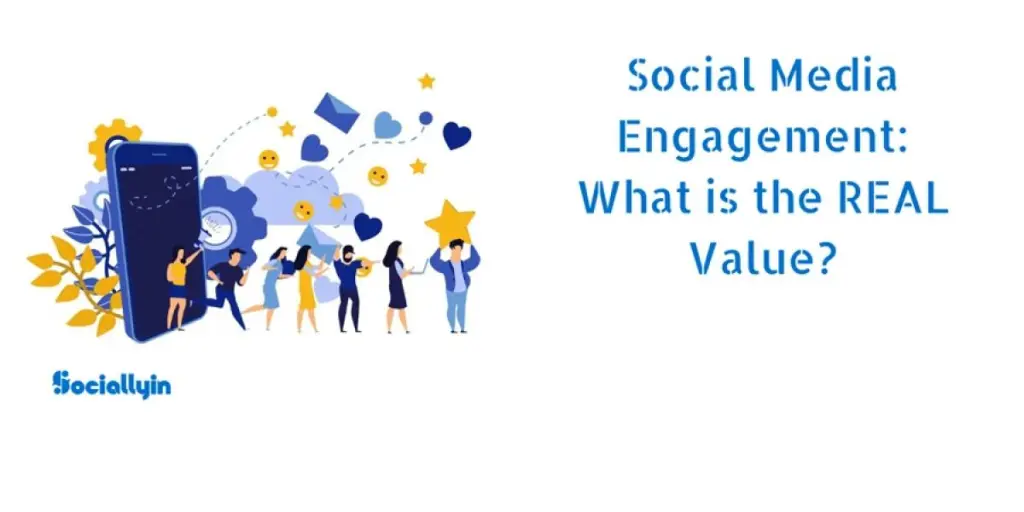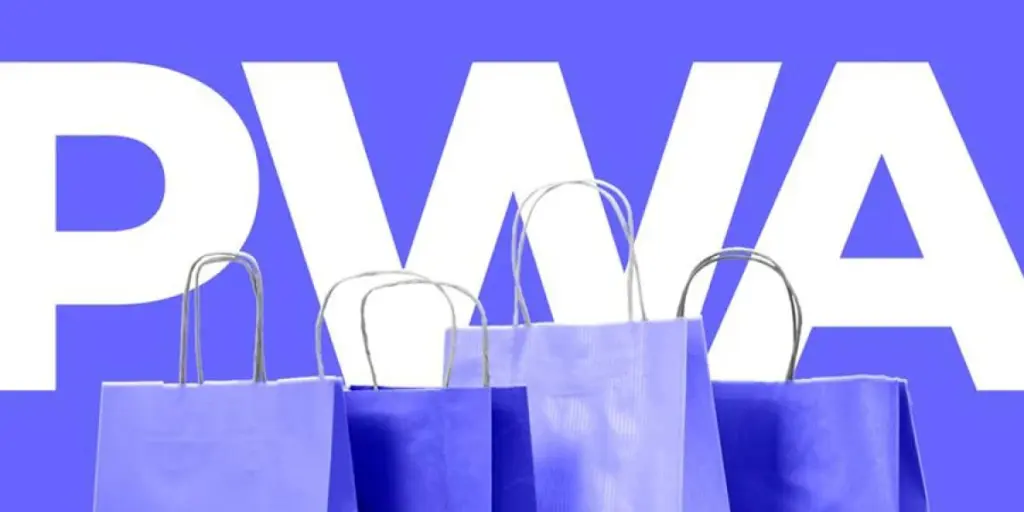Some marketers think ecommerce trends are just passing fads and not worth analyzing. But that’s not true. While not all trends are game-changers, looking at the big ones can help your business grow and stay competitive.
Picture a world where augmented reality enhances online shopping and artificial intelligence offers insights into strategic decisions.
Ecommerce trends like these are already disrupting the way brands do business. Without the ability to identify and adopt these trends promptly, you’ll quickly fall behind your competitors.
To stay ahead of the game and drive the growth of your retail brand, we’ve put together a list of the 12 top ecommerce trends for 2023.
Let’s dive in to understand them.
1) Omnichannel experience
As tech-savvy millennials and Gen Z increasingly become retailers’ core audience, the shift in preference to omnichannel businesses has become apparent. Brands present on more than one channel now enjoy better engagement, which ultimately translates to better sales. In fact, companies that run marketing campaigns on at least three channels enjoy purchase rates that are almost five times higher than those that run single-channel campaigns.

While email is still the standard platform for digital marketing communications, adding SMS to your arsenal can increase your conversion rates by almost 50%. Other channels to consider include push notifications and the various properties of Facebook and Google.
However, it’s not enough to just be present on the channels your audiences use. It’s crucial that you’re able to give them seamless experiences that allow them to easily pick up on one channel where they left off at another.
2) Personalized shopping

According to a survey by Databox, 90% of marketers use email for delivering customized content, product suggestions, and service recommendations. Furthermore, a Salesforce report reveals that 56% of consumers anticipate a personalized touch in every offer they receive.
While personalization has long been an ecommerce trend, specific aspects have gained prominence in 2023:
- Product recommendations: Customers want a comfortable shopping experience. They often expect ecommerce brands to remind them what they need.
- Dynamic pricing: Dynamic pricing considers factors like a customer’s past purchasing behavior, demand fluctuations, and competitor pricing.
- Location-based targeting: Ecommerce companies are using precise location data to customize the entire online journey.
Check out how this cosmetics brand utilizes tailored product suggestions:

3) Artificial intelligence

Artificial intelligence (AI) enhances a company’s ability to intensify personalization efforts as well as provide excellent customer service. These technologies help retailers not only gather more actionable insights on their customers but also predict behaviors and future preferences. Consequently, businesses are better able to provide the level of personalization consumers crave.
Apart from nurturing audiences to become lifelong customers, AI makes it possible for ecommerce companies to streamline their operations. For example, advanced chatbots are now able to generate relevant offers in real-time and also provide timely support to customers. In fact, findings from a Tidio study indicate that nearly 90% of consumers engaged in at least one conversation with a chatbot in 2022. Furthermore, over 70% of businesses employing chatbots expressed satisfaction with their performance.
AI further aids businesses in forecasting demand as well as setting prices and discounts for optimum conversions. Artificial intelligence already has innumerable applications, but ecommerce is actually just scratching the surface.
4) Headless and API-driven ecommerce

On the more technical side, there’s an observable shift towards headless ecommerce. Headless ecommerce moves businesses away from monolith platforms and, instead, decouples the back-end from its presentation layer. That way, the same data can be accessed, used, and presented using any front-end platform.
Through a headless architecture, ecommerce businesses are better able to make themselves accessible on non-traditional technologies like wearables and connected appliances. That means an enhanced ability to become a truly omnichannel business. Since you’re no longer hindered by the limits of a single platform, the possibilities are endless in terms of improving efficiency, enhancing personalization, optimizing for conversions, and becoming an overall more agile company.
5) Mobile optimization

Mobile shopping has moved from “growing trend” to being firmly in the here and now, and it happened at a remarkable speed. Smartphones are uniquitous, making it easy for people to shop on the go. Additionally, social media shopping features have simplified product discovery and purchasing via mobile devices.
As per Statista, mobile ecommerce sales account for 60% of the total global ecommerce sales. Moreover, Tidio’s study predicts over 187 million active mobile shoppers in the US by 2024. It’s clear that without an effective mobile platform, you risk losing the interest of a significant portion of your target audience.
Here are some tips to enhance your customers’ mobile shopping journey:
- Ensure your mobile app is responsive to various screen sizes and devices.
- Optimize images, minimize unnecessary scripts, and use content delivery networks (CDNs) to ensure fast page loading times.
- Keep navigation menus simple and intuitive. Use clear labels and easy-to-tap buttons to help users find what they’re looking for quickly.
Done right, mobile commerce enhances the omnichannel journey, enabling shopping across devices and locations.
Let’s take a look at H&M’s successful mobile-responsive online store as an example:

6) Multiple payment options

In the past, ecommerce payments were primarily limited to credit and debit cards. However, the advent of digital wallets like PayPal has expanded the array of choices available to ecommerce businesses.
Here’s a list of some other common payment methods in 2023:
- E-wallets
- Cryptocurrency
- Prepaid cards
- Bank transfers
In addition, a relatively new payment method is BNPL (Buy Now, Pay Later). This innovation lets customers buy items instantly and pay for them over time. BNPL’s popularity stems from its flexibility and appeal to budget-conscious younger consumers, leading more and more businesses to adopt it.
The integration of diverse payment methods has become vital for online-focused businesses. According to a recent study by Mollie, about 90% of shoppers will abandon their carts when faced with limited payment choices. An ecommerce business that provides limited payment options risks lower conversion rates.
7) Voice search

As voice-assisted technologies become more advanced, voice search is expected to play an even larger role in ecommerce. As per Statista, global voice-assisted ecommerce transactions will surge from $4.6B in 2021 to $19.4B by 2023. This growth is further fueled by the growing adoption of technologies like smart speakers.
It’s important to note that the role of voice-assisted technologies in ecommerce is not limited to the act of purchasing. In fact, its greatest value might be during the research stage of the customer journey. A recent survey by UpCity reveals 67% of consumers are highly likely to use voice search when searching for information.
That said, embracing this ecommerce trend may not be easy. Voice search faces several challenges relating language, accuracy, privacy, and infrastructure. Here are some tips to make implementation easier:
- Use conversational language and long-tail keywords to match voice search queries.
- Aim for Google’s featured snippets to be read by voice assistants.
- Ensure fast, mobile-friendly websites for quick voice search results.
- Educate your customers on how to use voice search features on your website or app effectively.
8) AR and VR
One of the biggest challenges of ecommerce is the shopper’s inability to touch, feel, and perceive items in the context of real life. That leads to an apprehension that retailers must overcome in order to sell their products online. Augmented reality (AR) is quickly showing its potential in this regard.
According to research by the National Research Group, nearly half of consumers have now participated in at least one VR experience. Furthermore, 24% of consumers have utilized AR apps or web services for purchasing decisions.
As internet retailers adopt AR technologies, they’re better able to reduce the ambiguity of online shopping, aid their customers in visualizing their products, and enhance the shopping experience overall.
IKEA is well-known for embracing this ecommerce trend. It provides customers with a convenient and enjoyable way to shop for furniture. Here’s how the company facilitates augmented reality shopping experiences:

9) Sustainability
This is one of the leading ecommerce trends in 2023 and is likely to persist in the years ahead. In 2022, an IRI Worldwide report found that sustainability-related concerns influence the decisions of 77% of consumers. Moreover, NYU Stern reports 48% of new products highlight sustainability, emphasizing the importance of effective communication in this regard.
To continue to be relevant to today’s consumer, your ecommerce business should strive to develop more sustainable practices. That shouldn’t just be limited to eco-friendly packaging and shipping practices. It should be part of your company’s core values and influence the way you source materials, produce your goods, and the way you do business overall.
Consider this example from the online store Pangaia. Their product descriptions provide a clear breakdown of the materials used in their sneakers and why they’re sustainable.

10) Zero-party data and privacy

Zero-party data is intentionally provided by customers, often in exchange for personalized experiences, recommendations, or other tangible benefits. However, given the frequent news of data breaches and privacy scandals, consumers hesitate to share their personal information. In a 2023 Cisco study, 94% of respondents expressed that their customers would hesitate to buy if their data wasn’t secure.
In 2023, ecommerce companies that can strike a balance between collecting zero-party data and respecting privacy will have an edge. They’ll be able to offer highly personalized shopping journeys while building loyalty with their customers.
Here are a few tips to achieve that balance:
- Be transparent about your data collection practices and the purpose behind them.
- Avoid collecting excessive or irrelevant information. This minimizes the potential for misuse or data breaches.
- Implement encryption, access controls, and regular security audits to safeguard against data breaches.
- Give customers control over their data. Allow them to review, edit, or delete their data whenever they wish.
11) Subscription services
In ecommerce, subscriptions involve paying regularly for access to products or services, making shopping more convenient. These models are crafted with a primary focus on enhancing customer retention and fostering loyalty. Subscription customers enjoy convenience, thereby saving time and effort on regular shopping trips.
This explains why the subscription market is set to grow at around 71% CAGR from 2023 to 2028.
Likewise, the trend of financing or installment plans in ecommerce has also gained traction. These financial solutions enable customers to divide the expense of substantial purchases into monthly payments. It’s especially favored for costly items like furniture, electronics, appliances, and even cars.
Payment options like these boost sales and even reduce cart abandonment.
Check out this email introducing Winc’s wine subscription service. Notice how the email clearly explains how it works and the benefits.

12) Social commerce

This is one of those ecommerce trends that’s here to stay. Statistics from Insider Intelligence indicate that around 50% of Gen Z and millennials make purchases through social media.
Social commerce simplifies customer conversion by enabling direct purchases within the platform. This eliminates the need to switch to external apps or websites. It ultimately makes the buying process quicker and more seamless.
Another ecommerce trend is the rising use of video marketing in social commerce. Keeping in mind dwindling attention spans, this only makes sense. Moreover, this dynamic format lets businesses showcase products in real-world scenarios, and add an authentic touch that resonates with consumers.
Here are some common ways brands are leveraging social commerce:
- Influencer collaborations
- Shoppable posts
- Live shopping events
- User-generated content
- Personalized recommendations
Luckily, various ecommerce AI tools can help enhance your social commerce campaigns.
Columbia Sportswear is known to leverage its social media presence to promote products. In the following example, the brand uses Instagram’s built-in shopping feature. This is a great way to set up a digital storefront to showcase products, prices and descriptions.

Wrap up
In short, new trends in ecommerce are always appearing, and keeping up with the latest ones is crucial.
In 2023 and beyond, we’ll see more growth in social commerce, personalization, AR/VR, subscription services, and voice search. Retailers who embrace these ecommerce trends and provide great customer experiences are setting themselves up for success.
That said, staying attuned to your customers is key. Aligning your strategies with their preferences will naturally lead to future ecommerce trends.
Source from Omnisend
Disclaimer: The information set forth above is provided by omnisend.com independently of Alibaba.com. Alibaba.com makes no representation and warranties as to the quality and reliability of the seller and products.








